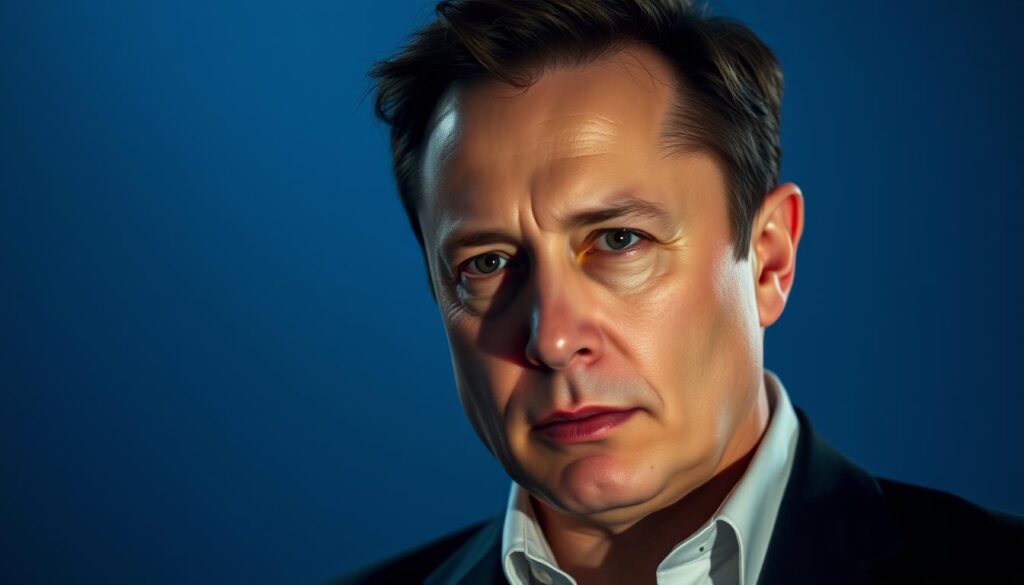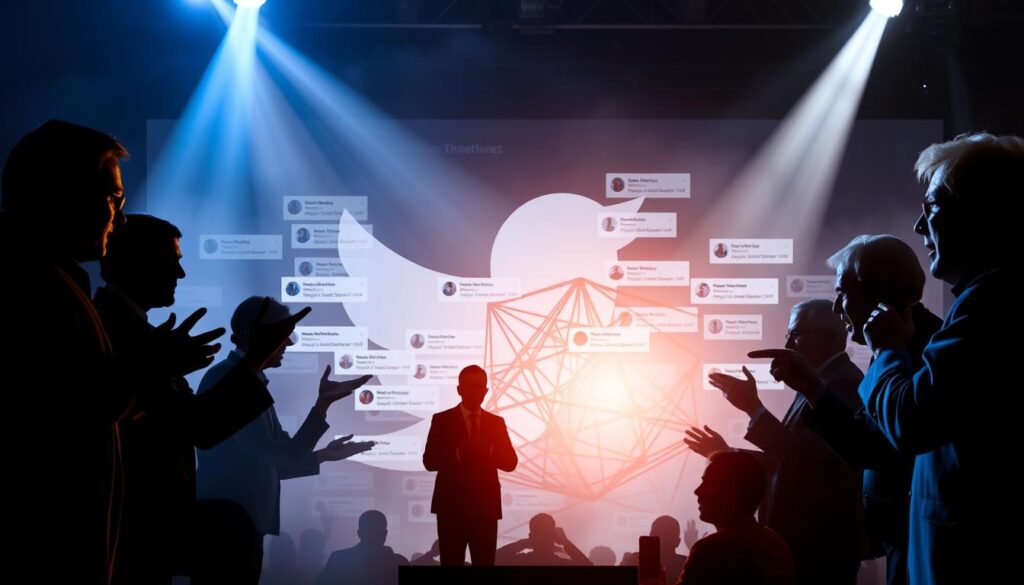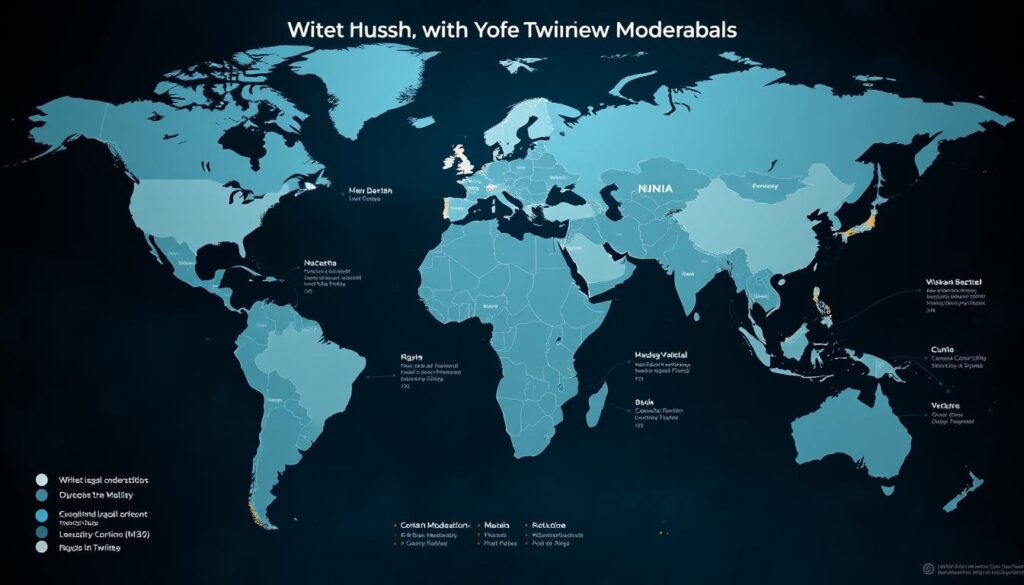Contents
- 1 The $44 Billion Gamble: Breaking Down the Twitter Deal
- 2 Why Did Elon Musk Buy Twitter? The Core Motivations
- 3 The Business Case Behind the Purchase
- 4 Free Speech or Free-for-All? Musk’s Content Moderation Plans
- 5 Global Implications: Twitter Under Musk’s Leadership
- 6 What’s Next for Twitter—and Its Users
When the tech billionaire Elon Musk acquired one of the world’s most influential social media platforms, it sent shockwaves through the digital landscape. The move was framed as an ideological crusade—a mission to transform Twitter into a true digital town square. Free speech, according to the new owner, was the foundation of democracy.
Critics, however, saw it differently. Some called it a billionaire’s playground, while others worried about unchecked content moderation. The $44 billion price tag raised eyebrows, especially when the new leadership claimed profitability wasn’t the priority.
The dramatic entrance—carrying a sink into headquarters—symbolized a fresh start. Yet, tensions lingered. Advertisers questioned the balance between open discourse and brand safety. Could this platform uphold free expression while keeping users safe?
Key Takeaways
- The acquisition aimed to reshape Twitter into a free-speech hub.
- Critics raised concerns about content moderation and safety.
- The $44 billion deal sparked debates over financial priorities.
- A symbolic gesture signaled a bold new direction.
- Advertisers remain cautious about platform policies.
The $44 Billion Gamble: Breaking Down the Twitter Deal

Few corporate takeovers have been as dramatic—or as public—as the Twitter deal. What started as an April offer spiraled into a six-month saga of lawsuits, cold feet, and forced closure. The $44 billion price tag wasn’t just eye-catching—it reshaped how tech acquisitions unfold.
From Courts to Closing: A Hostile Takeover Playbook
Twitter’s board initially resisted with a poison pill defense, letting shareholders buy discounted shares to dilute the bidder’s stake. But legal pressure mounted. By October, the deal closed—a rarity for hostile takeovers.
Financing broke norms too. Unlike traditional VC rounds, $25 billion came from personal equity, with $13 billion in bank loans. Investors watched closely as timelines compressed from years to weeks.
The “Digital Town Square” Vision
Musk’s metaphor wasn’t just rhetoric. Twitter’s role in Ukraine war coverage proved its global reach. Yet critics questioned whether free speech could coexist with brand safety. The platform’s influence, he argued, justified the gamble.
- Timeline: April offer → July cold feet → October closure.
- Funding: 60% personal equity, 30% loans, 10% investor backing.
- Legal drama: Poison pill failed; Delaware court forced the deal.
Compared to Tesla’s early struggles, this was lightning-fast. For Twitter, it marked a new chapter—one where ideology and finance collided.
Why Did Elon Musk Buy Twitter? The Core Motivations

Free speech and personal branding collided in this high-stakes takeover. The deal wasn’t just about revenue—it was a power play. Musk’s vision of a digital town square clashed with critics fearing unchecked content.
Free Speech or Political Chess?
Musk’s reality distortion field framed the purchase as ideological. Yet, his $1M/day pledge to pro-Trump petitions revealed deeper strategy. Political donations shifted sharply from Democratic to GOP allies post-2020.
Trump’s reinstatement tested content policy changes. It signaled a hands-off approach to moderation—despite Tesla’s strict China censorship. Critics called it hypocrisy; supporters saw 4D chess.
| Year | Donations (Democrats) | Donations (GOP) | Key Event |
|---|---|---|---|
| 2020 | $1.2M | $0.5M | Biden endorsement |
| 2022 | $0.1M | $2.8M | Twitter acquisition |
Chief Twit: Branding Meets Business
With 100M+ followers, Musk’s account became a marketing engine. The “chief twit” rebrand fused personal and corporate identity. Tesla’s $650B valuation hinged on his clout—Twitter amplified it.
Legacy media attacks on Biden? A chance to disrupt. Musk’s narrative control turned tweets into headlines. For him, Twitter wasn’t social media—it was a megaphone.
The Business Case Behind the Purchase

Twitter’s $5B revenue seemed small next to Tesla’s $54B—but influence isn’t measured in dollars alone. With 217M active users, the platform’s market sway dwarfed Tesla’s 3M car owners. This gap revealed a hidden asset: attention arbitrage.
Undervalued Influence, Overlooked Potential
Like meme stocks AMC or GameStop, Twitter’s real value was in its hype potential. Musk raised $16B by selling Tesla stocks, betting on Twitter’s untapped reach. The math was clear: even a 10% user monetization could rival Tesla’s revenue.
- Subscription vs. Ads: Blue checkmarks hinted at a shift from ad dependency to user paywalls.
- Infrastructure Synergy: SpaceX’s Starlink could integrate with Twitter for global content delivery.
- Stock Alchemy: Tesla shares jumped 8% after Musk’s viral tweets—proof of his market-moving power.
Monetizing the Megaphone
Musk’s history with Tesla showed how attention converts to money. Each tweet about Cybertruck or Dogecoin moved stocks. Twitter amplified this effect, turning his personal brand into a business multiplier.
China’s WeChat, valued at $200B, proved an “everything app” works. Musk’s vision mirrored this: combine payments, messaging, and media under one roof. For him, Twitter wasn’t just social media—it was the next economic ecosystem.
Free Speech or Free-for-All? Musk’s Content Moderation Plans

Content moderation became the battleground where free speech ideals clashed with real-world consequences. The platform’s 0.3% hate speech removal rate—far below Facebook’s 3%—raised alarms. Reinstating banned accounts like Trump’s tested this balance immediately.
Reinstating Banned Accounts: Trump and Beyond
Unbanning high-profile users signaled a hands-off approach. Critics called it a dumpster fire potential, while supporters praised ideological consistency. Legacy advertisers, including GM and Pfizer, paused campaigns within days.
Content moderation costs ($50M+/year) added pressure. AI tools promised efficiency, but human review debates lingered. Parler’s collapse served as a cautionary tale.
Advertiser Exodus and the Subscription Gamble
With 90% of revenue tied to ads, Twitter walked a tightrope. A $3/month premium tier aimed to offset losses. Verified checkmark revamps sparked confusion—was this an app feature or a status symbol?
- GM and Volkswagen redirected ad budgets temporarily.
- Hate speech reports surged 200% post-policy changes.
- EU regulators threatened fines over lax moderation.
The only thing keeping Twitter afloat? Breaking news cycles and Musk’s personal brand. For now, the car companies’ return hinges on clearer rules.
Global Implications: Twitter Under Musk’s Leadership

Navigating global content laws became Twitter’s toughest challenge under new leadership. The platform’s free speech push collided with regional rules, turning moderation into a geopolitical minefield. From Brussels to Delhi, regulators demanded compliance—or else.
EU’s Digital Services Act vs. Free Speech
The EU’s €6B fines under the Digital Services Act (DSA) set a hard line. Twitter faced strict “trusted flagger” requirements—a system to fast-track harmful content removal. Critics argued this clashed with absolute free speech claims.
Meanwhile, Tesla’s Shanghai gigafactory (6,000+ employees) highlighted a paradox. While Tesla adhered to China’s censorship, Twitter’s Hong Kong operations tested boundaries. The world watched this dual stance.
| Region | Key Law | Penalty | Twitter’s Response |
|---|---|---|---|
| EU | Digital Services Act | €6B fines | Delayed compliance |
| India | IT Rules 2021 | Blocking orders | Partial content removal |
| China | Cybersecurity Law | Platform bans | No official presence |
Shifting Power in Media and Politics
Global media alliances frayed as Twitter reinstated banned accounts. India’s 2022 blocking orders set a precedent—comply or lose access. Within a week, ad partners like Unilever paused campaigns.
Africa emerged as a growth zone, with Starlink’s expansion aiding Twitter’s reach. Yet efforts to balance free speech and safety remained uneven. The platform’s rules now shape elections, protests, and even stock markets.
What’s Next for Twitter—and Its Users
The platform stands at a crossroads. With massive layoffs and algorithm shifts, the company aims to reinvent itself. Staff cuts may streamline operations, but user experience hangs in the balance.
Changes to verification and bot purges could reshape trust. Encrypted DMs might appeal to privacy-focused people, though limitations remain. The tech behind these updates will define Twitter’s future.
Political influence looms large. The 2024 elections will test the platform’s neutrality. Livestream shopping and Tesla integrations hint at bold monetization moves.
Growth targets seem ambitious—500M users by 2026? Only time will tell. For now, the years ahead promise turbulence and transformation.
